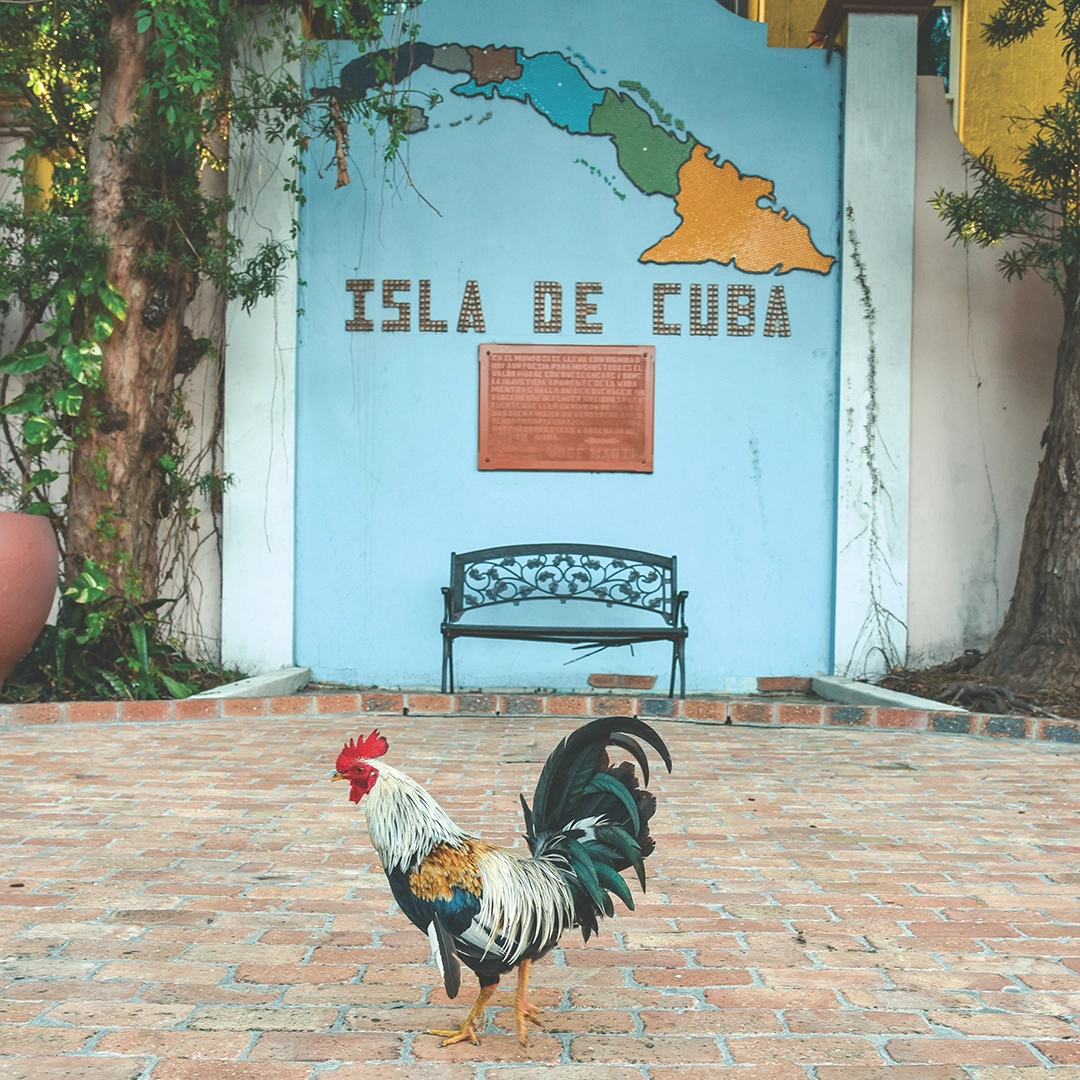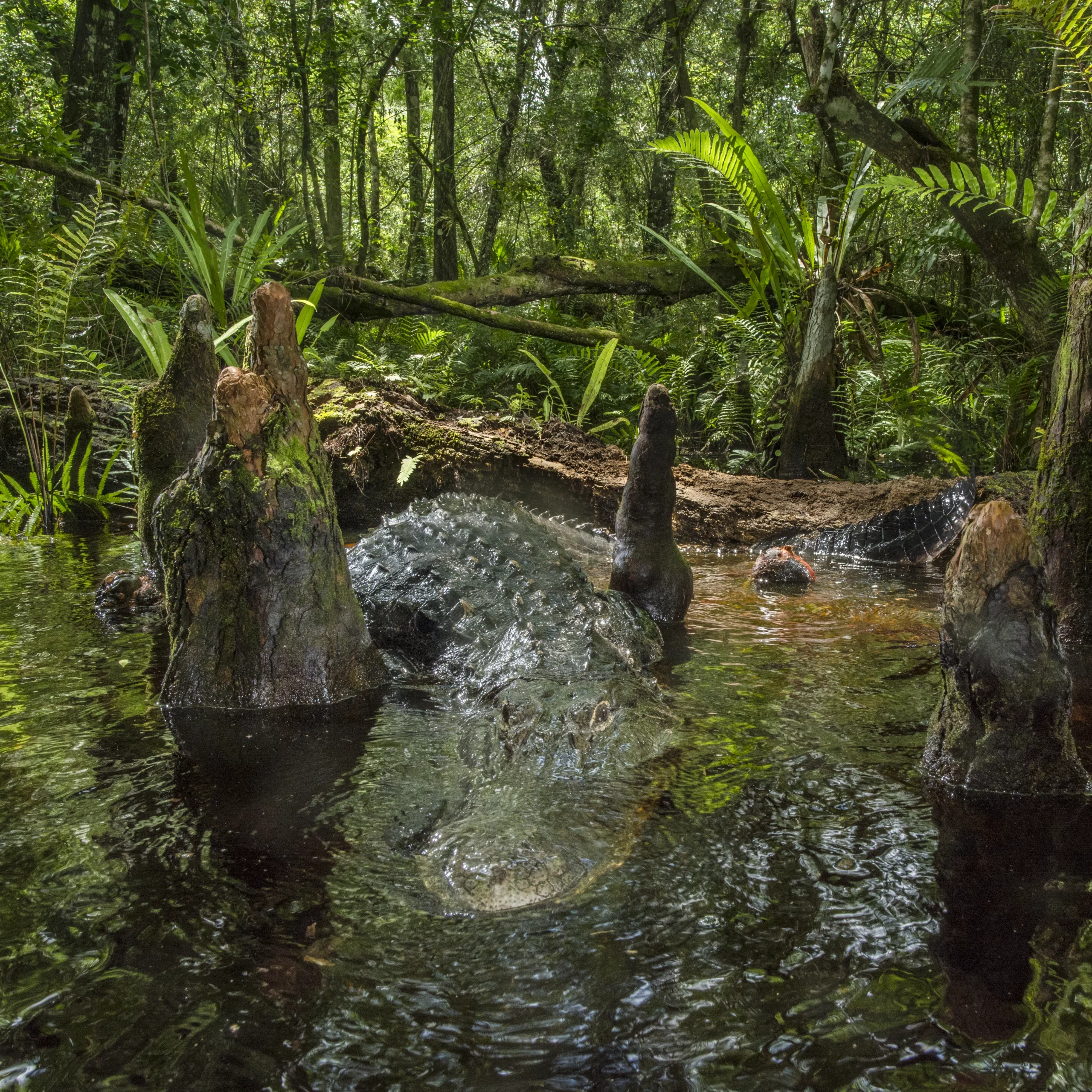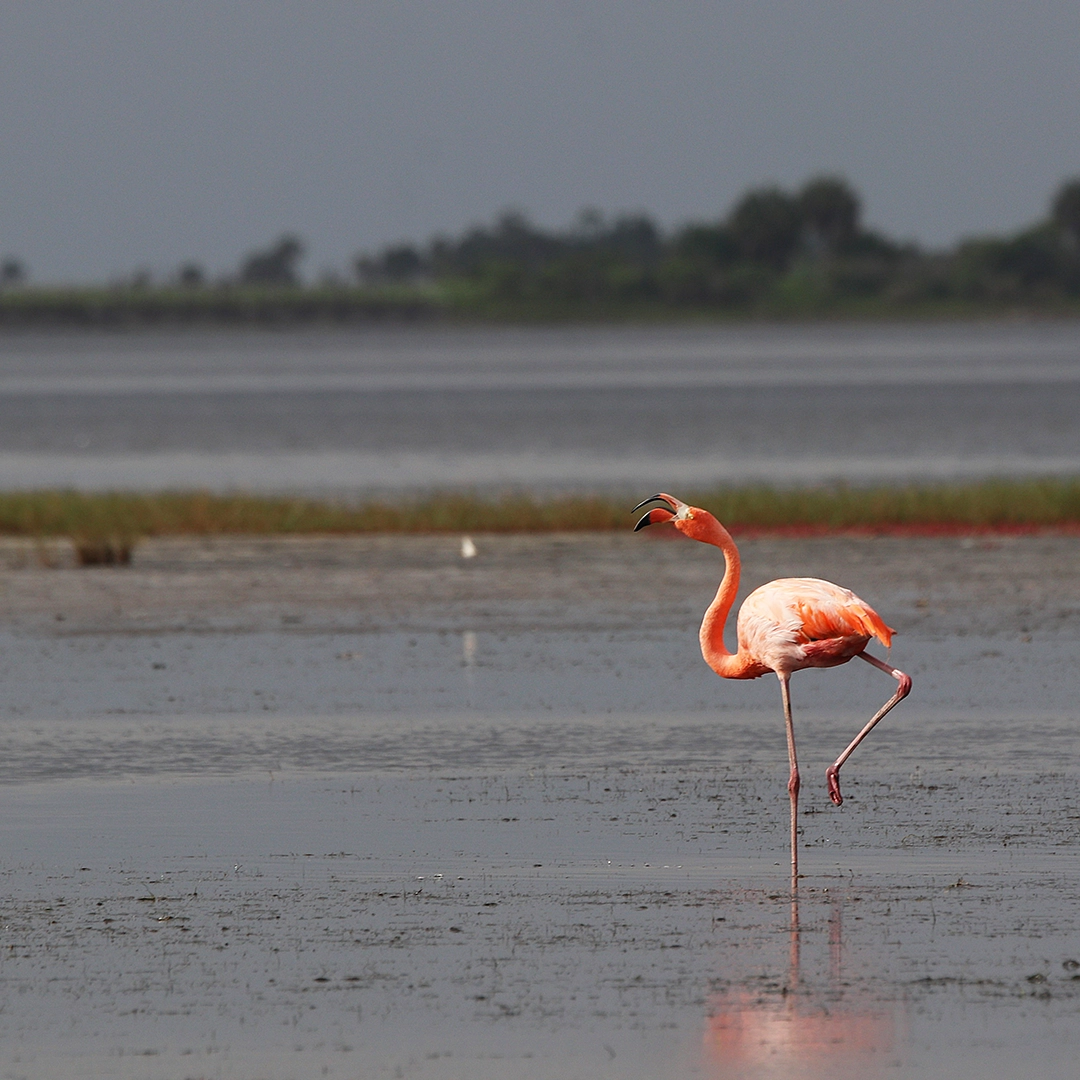by Carlton Ward Jr. | November 30, 2023
Celebrating Florida’s Scrub Jay: A Conservation Success Story
Scientists find a new way to save the Florida scrub jay.

I’ve spent the past decade photographing wide-ranging land animals—like the Florida panther—to showcase the importance of protecting the Florida Wildlife Corridor. I’ve also gotten to know smaller animals, like the Florida scrub jay, that tell a similar story of why we need to protect a network of connected natural lands.
The Florida scrub jay is endemic to the Sunshine State, meaning it lives nowhere else in the world. It is Florida’s only endemic species of bird, and for that reason many believe it should be our state bird (rather than the Northern mockingbird). Scrub jays live exclusively in Florida scrub, an increasingly rare habitat crowning high sandy ridges throughout the central peninsula, which were formerly beaches from millions of years ago. Relatively high and dry, scrub lands have been sought after for orange groves and housing developments. More than 90% of this rare habitat has been lost. The scrub jay population has followed the same decline and is now classified as a threatened species.
Much of the scrub that remains has been relegated to isolated patches, which are fast becoming islands cut off from each other by development. When two islands of scrub are split by agriculture such as a cattle ranch, jays will move from one scrub patch to another. But when two islands of scrub are separated by development, the birds are unlikely to cross, becoming stuck on whichever island they were born. Over time, this creates an inbred population, and the loss of genetic diversity leads to declines in health and eventually local extinction.
The Ocala National Forest protects the largest swath of contiguous scrub habitat in the state and has the largest and most genetically diverse population of jays. One of the places where these brave birds are declining is Jonathan Dickinson State Park, near Jupiter. The park protects an oasis of native scrub habitat close to the Intracoastal Waterway and Atlantic Ocean. But the park is encompassed by development and the jays no longer have a natural connection to other suitable habitats, causing the population to be one of the state’s most genetically impoverished. That was until Sarah Fitzpatrick, a conservation geneticist at Michigan State University, and a team of scientists came to the rescue.
In this photo, Fitzpatrick is at Jonathan Dickinson State Park observing a scrub jay recently relocated from the Ocala National Forest. During the last few years, conservationists from the Florida Fish and Wildlife Conservation Commission have been moving families of jays from Ocala to Jonathan Dickinson. Those newcomer jays have been breeding with local jays, resulting in an increase in genetic diversity and overall health of the population. The best thing we can do to help is to protect more land to keep Florida Wildlife Corridor habitats connected for jays and all of the other species that depend on that land.
When the landscape connections are lost, Fitzpatrick and colleagues have proven that genetic rescue works and can help isolated wildlife survive.





